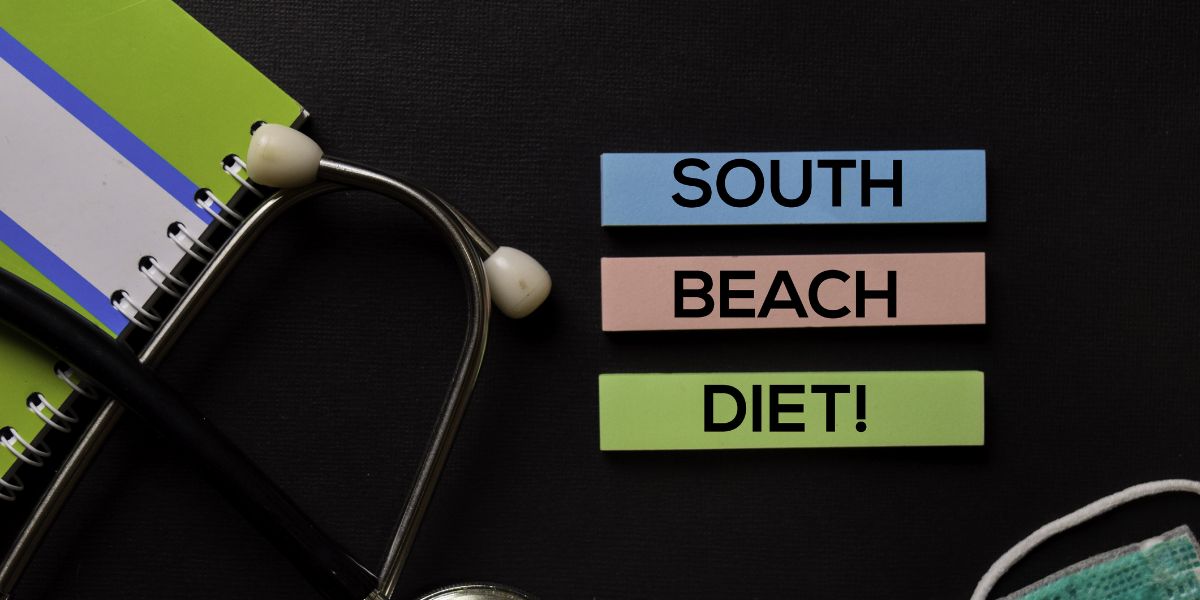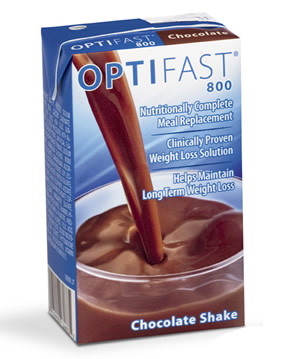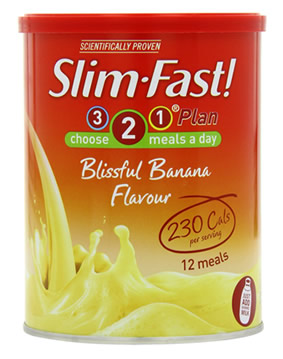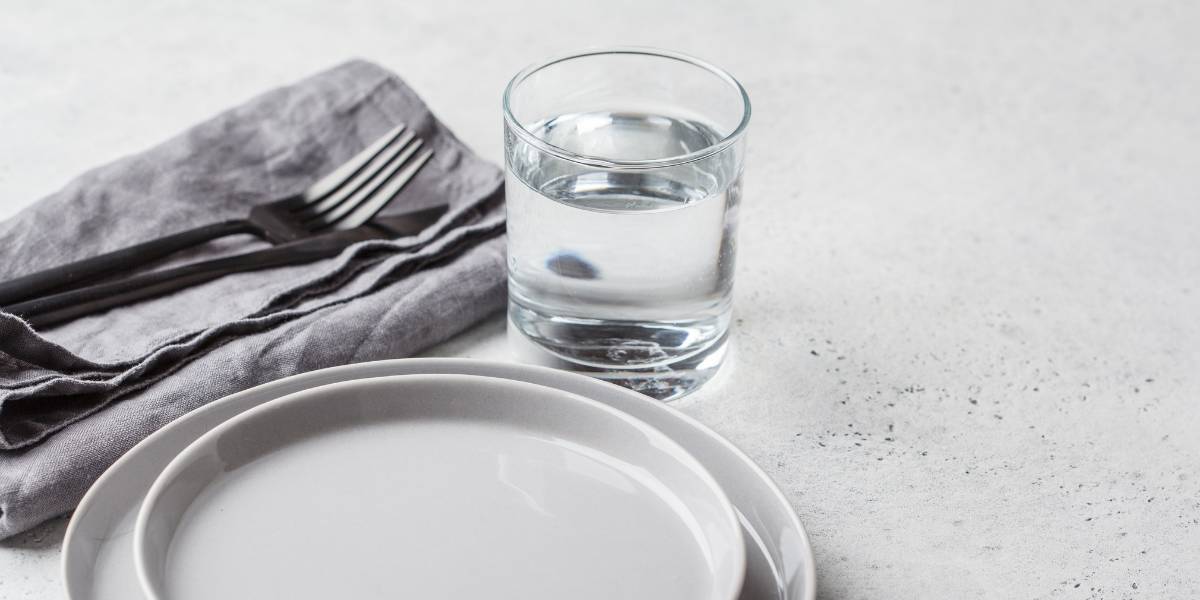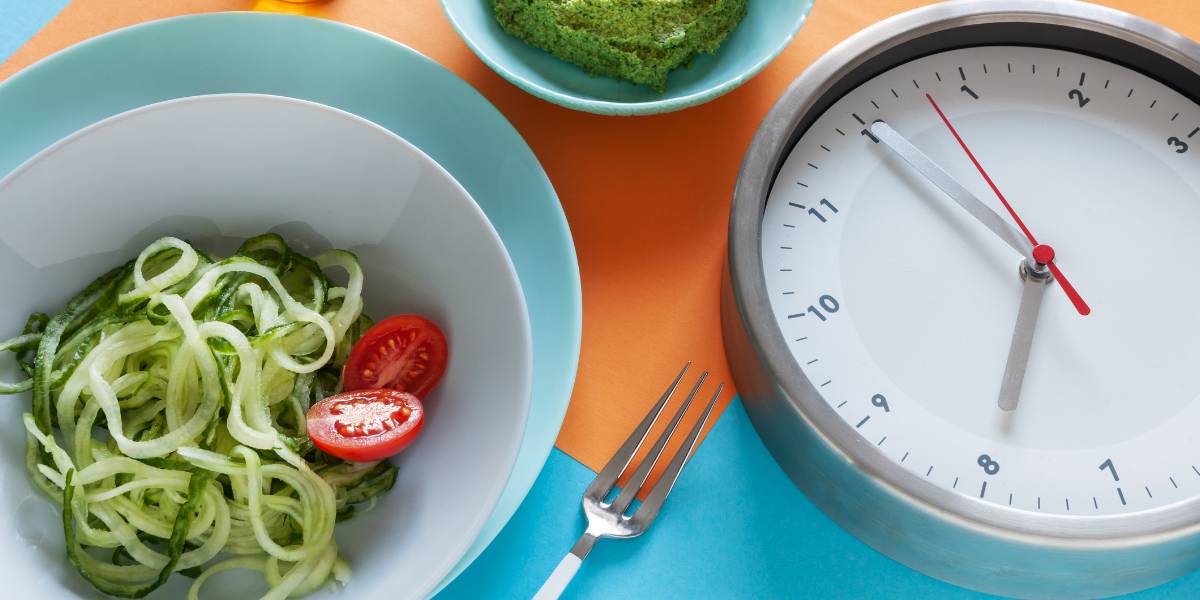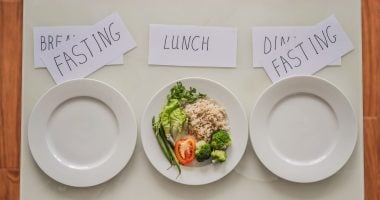Meal replacement products are hugely popular with people who are looking for a quick weight loss ‘fix’.
Available under a number of brands, these products are essentially nutritionally complete low-calorie substitutes for one or more of an individual’s daily meals.
What is a meal replacement?
A meal replacement (MR) is a low-calorie beverage (shake) or bar which contains protein, carbohydrate and fat, fortified with vitamins and minerals. Shakes are available in a pre-made form or powder, and in a variety of flavours.
MR products are specially formulated to promote weight loss and assist weight management, while some are also designed to help boost strength and vitality.
The nutritional composition of these products may vary slightly between brands.
Original options were of very low calorie content (300-400kcal/d), but recent evidence has found that a calorie restriction of 800-1800kcal/d provides the same weight loss (saris 2001), therefore very low calorie diets are not recommended
Current MR beverages are of a low calorie energy composition (Heymsfield 2010).
What are they used for?
The primary use of MR products is to help people lose weight (Heymsfield 2010), which requires a negative energy balance (Heymsfield 2010).
Using MR either as a sole source of nutrition or partial nutrition source can help to achieve a calorie deficit so weight loss is possible (Heymsfield 2010). In fact, some health organisations such as the American Dietetic Association states that the use of MR may be an appropriate weight loss strategy in some individuals (American Dietetic Association 2009).
Why is weight loss indicated for people with diabetes?
Weight loss is the primary medical aim for people with the type 2 form of diabetes.
Type 2 diabetes often results due to an excess of adipose tissue causing a decreased sensitivity to insulin. This leads to poor blood glucose control, which in turn can result in the development of severe complications such as heart disease, kidney disease and even amputation
By reducing weight and adipose tissue, especially from the abdominal area, insulin sensitivity will improve along with blood glucose control, and thus reduce the risk of complications.
What are the differences between meal replacements and reduced calorie diets?
MR weight loss plans and reduced calorie diets are both successful in reducing body weight and blood pressure (Metz et al 1997). However there is an increase in compliance when using meal replacement products (Metz et al 1997).
Partial meal replacements (PMR), which involve replacing one or two meals a day with a meal replacement beverage, have been shown to lead to greater weight loss compared with a reduced calorie diet (Heymsfield 2010).
In one study, a one year follow-up of participants found equal reductions of risk factors associated with excess adiposity such as cardiovascular disease, but there was greater compliance from the PMR group (Heymsfield 2010).
A major, ongoing major diabetic study (look AHEAD, Action for Health in Diabetes) has found beneficial weight loss results (8.6% versus 0.8% of the control group) in individuals following a PMR programme with exercise and medication.
After a one year follow-up the compliance was greater in the PMR group, and after 4 years the weight loss of the PMR group was at 4.6% compared with 1.1% in the control group (Pi-Sunyer et al 2010).
What are the benefits/indications of using meal replacement products?
Some overweight individuals are at a greater risk of gaining excess adiposity and can have difficulty losing weight; therefore a calorie-controlled MR programme may be beneficial for them (Heymsfield 2010).
As well as being convenient and an effective weight loss tool, MR products also:
- Reduce the need to think about food or ‘what to eat’ during the day
Individuals have found MR diets to be preferable due to the decreased food-related decision making involved and reduction in calorie-dense food (Craig 2013). - Remove the need for portion control and calorie counting
MR products come in a pre-measured, calorie-controlled form, thus taking away the need for portion control They are simple and easy preparations and require no preparation or clean-up. Repeated use may contribute to sensory specific satiety, further enhancing weight loss (Craig 2013).
Individuals with Type 2 Diabetes may have increased difficulty in reducing weight due to diabetic medication which can promote weight gain. Insulin specifically is associated with excess weight gain as well as sulfonylureas, glinides and thiazolidinediones (Hamdy and Zwiefelhofer 2010).
What meal replacement products are available?
Explore the top 3 selling meal replacement products. Before using any of these meal replacement products, you must consult your doctor.
What are the side effects/contraindications of meal replacement products?
There are several issues and limitations that have been raised with regard to meal replacement diet plans.
High sugar content
With regard to diabetes there have been some concerns regarding blood glucose (glycaemic) control due to the higher sugar content and glycaemic load of MR products. However evidence has found no indication of this.
A weight loss study proving a daily intake of 500kcal deficit compared slim fast containing lactose, sucrose and fructose with a sugar free variety. It found both to have no adverse effects on glycaemic control and no significant differences between the groups of weight loss, glucose, insulin, HbA1C and lipid levels.
Poor eating habits
There are some concerns that MR diets may promote poor eating behaviours such as binge eating Whilst there has been some evidence that this can occur, it is also evident during other weight loss programmes and therefore should not be a contraindication in most individuals (Wadden et al 2004).
Regular consumption of MR products may influence poor dietary habits and consuming meal replacements could cause a decreased intake of nutrient-rich foods. But in one weight loss study comparing a usual food intake and PMR, no unhealthy eating habits were found and an increased intake of fruit and vegetables was reported, though this was self-reported (Ashley et al 2007).
Lack of education about healthy eating
Other studies have also voiced concerns that using MR does not educate or support individuals about how to eat a healthy, balanced diet of appropriate portion sizes. Adhering to this sort of programme may restrict this education (Craig 2013) and lead to people returning to their old unhealthy eating habits once their MR programme comes to an end.
Social limitations
There are some social limitations to being on a MR programme such as being unable to eat at a restaurant (Craig 2013). This could perhaps be overcome by choosing to be on a PMR plan and being educated on making healthy choices when eating out which coincide nutritionally to the weight loss plan (Craig 2013).
Can be tedious
Adhering to a continuous MR programme may cause taste fatigue and become monotonous for the individual (Craig 2013).
Adverse effects
Some side effects can occur, particularly in individuals who cannot tolerate sugar alcohol This can result in bloating and diarrhoea (Craig 2013).
What should I do before starting a meal replacement plan?
Prior to starting a meal MR programmen, you must consult with you GP for advice on whether this is a suitable weight loss programme for you.
There is limited information available regarding drug-nutrient interactions when on a meal replacement programmen, therefore close monitoring by healthcare professionals such as your doctor and dietician is recommended (Heymsfield 2010).
Choosing meal replacement products
When deciding on which MR product to go with, you may wish to seek out products specifically aimed at individuals with diabetes (Fonda et al 2010). Products with the highest sugar alcohol content have been found to be absorbed into the bloodstream at a slower rate and thus having a more beneficial effect on blood glucose levels (Fonda et al 2010).
Tips on choosing a MR product:
- Look at the nutritional information of the product you are looking to use.
- Ensure the nutritional information provided on the label is for the serving size provided.
- Check the calorie content and ensure it is appropriate for a weight loss programme.
- Assess the saturated fat content.
- Assess the sodium content; many people with diabetes should be on a salt restricted diet.
- Review the carbohydrate content and ensure it appropriate for your requirements.
Ultimately, you should speak with your doctor about using a MR product. They will be able to talk through with you all of the above in more detail and any factors that need to be taken into account, such as the type and amount of medication you are taking.
Meal replacement conclusion
The American Dietetic Association and the American Diabetes Association recommends PMR programmes for successful weight loss (American Dietetic Association 2009 and American Diabetic Association 2008). They do however emphasise that these products must be used continuously for maintenance of weight loss.
All-in-all, meal replacements may be an appropriate weight loss choice for some individuals providing they educate users on healthy eating in the long term.

